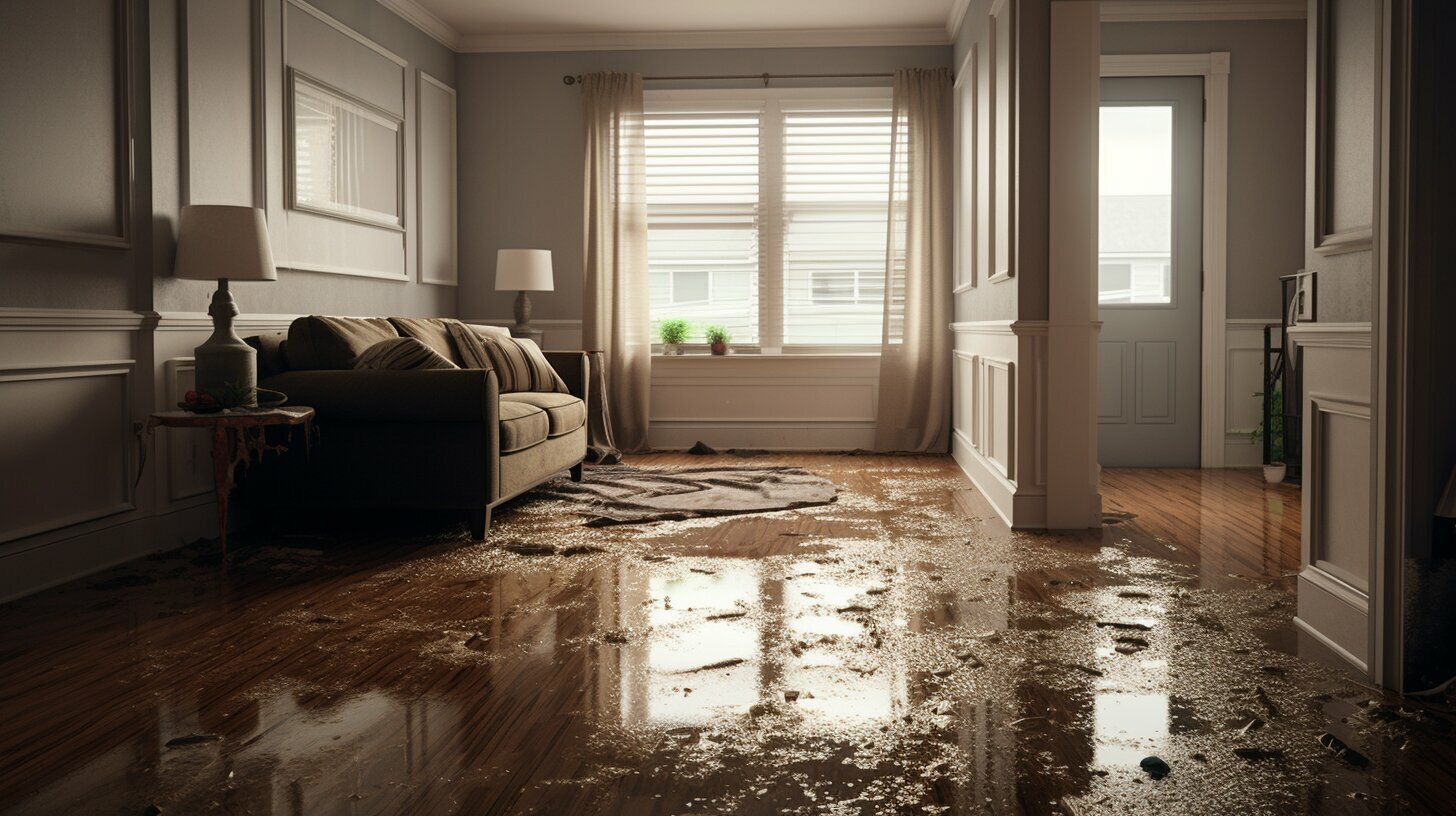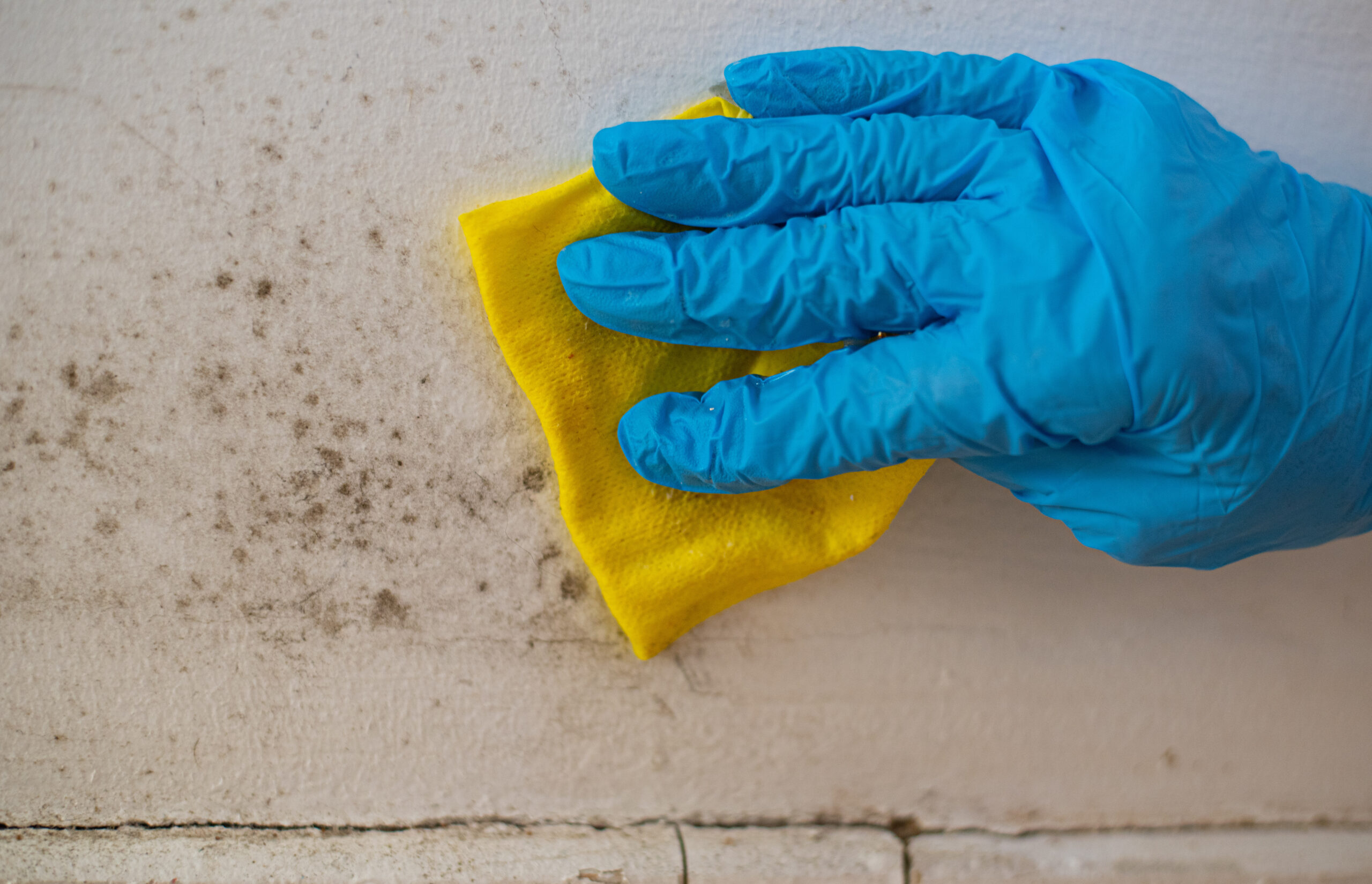Any presence of a flood in your home is sure to cause panic. The unfortunate reality of an at-home flood is the compounding issues they can cause. Not only are personal belongings at risk, but depending on the materials in the home, water can soak into them and lead to extensive damage. That doesn’t even cover the structural damage your home can take as a result.
In terms of what to do after a flood has taken place, immediate action is of the utmost importance. This step-by-step guide from Dreyer’s DKI will help homeowners take the necessary steps for a successful recovery process.

Step 1: Ensure Safety First
Tackling flood aftermath head-on can be hazardous. When dealing with any type of flooding and water damage, safety should be made the number one priority. Start by making sure all of the electricity is off to avoid electrocution. Flood water can also be littered with contaminants, so make sure to wear protective gear such as gloves, boots, and a face mask. Also, if there’s any noticeable structural damage, avoid entering the premises. The building’s integrity could very well be compromised.Step 2: Contact Your Insurance Company
Next, contact your insurance company. To get the claim process underway, you’ll need to document the extent of the damage by taking photos and videos of affected areas and belongings. Once the insurance company has been informed, get clarification of what’s covered when it comes to these situations. Coverage can include such things as water damage repairs, mold remediation, and temporary housing if needed.






